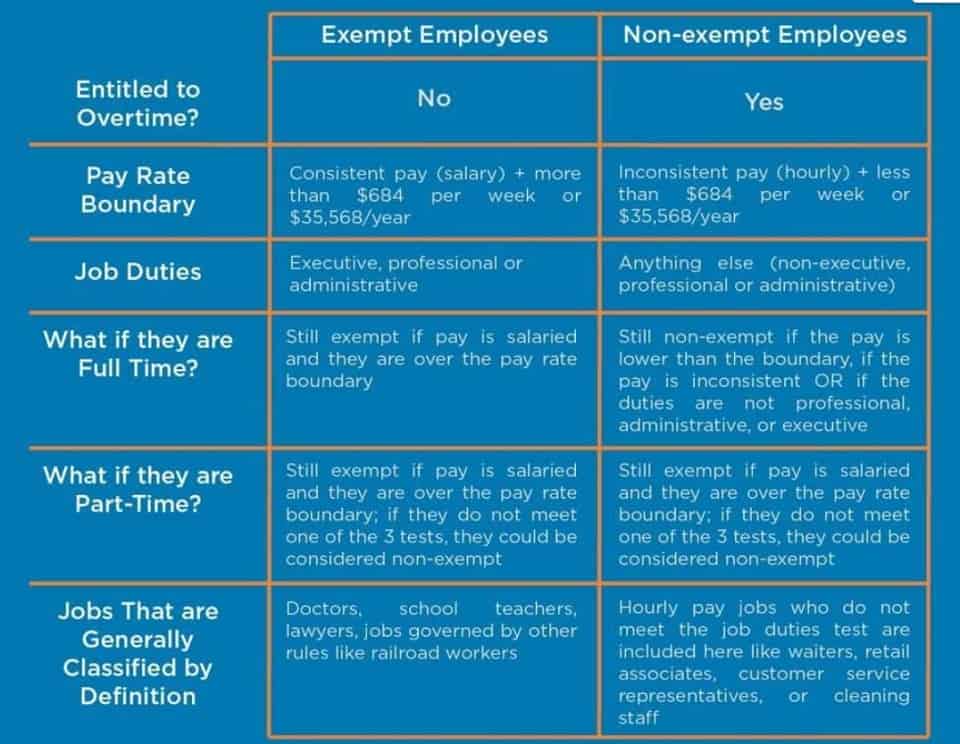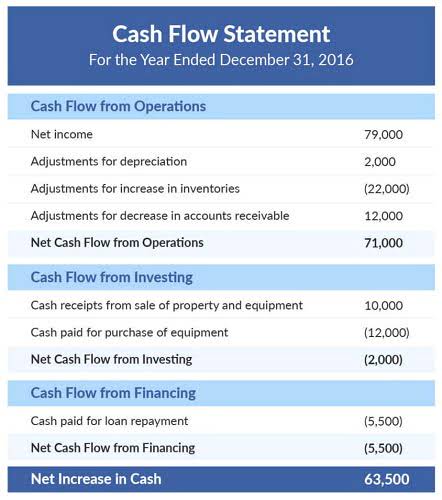
This section covers revenue earned or assets spent on Financing Activities. When you pay off part of your loan or line of credit, money leaves your bank accounts. When you tap your line of credit, get a loan, or bring on a new investor, you receive cash in your accounts. Now that we’ve got a sense of what a statement of cash flows does and, broadly, how it’s created, let’s check out an example.
Cash Flow Forecasting in Cash Flow Management

The best way to improve your cash flow is by preventing problems before they ever start. However, the direct method is generally easier for people who aren’t as familiar with the intricacies of accounting. This number will be the amount of cash you’ve added or subtracted from your bank account during the month.
Negative cash flow
The year-to-date net income of $300 increases the owner’s equity on the balance sheet. Note the connection between the bottom line of the year-to-date income statement and the change in Matt Jones, Capital on the balance sheet. So, when you’re forecasting or looking at your cash flow statement for last month, remember that Accounting For Architects having some buffer is a good thing. You don’t want to be in a position where you’ve allocated every single penny, to the point where you can’t accommodate unexpected expenses.

Cash From Investing Activities
- The cash flow statement is a financial report that provides a detailed overview of a company’s cash inflows and outflows during a specific period.
- What it doesn’t show is revenue or expenses, or any of the business’s other cash activities that impact your company’s day-to-day health.
- Each accounting statement can help you understand your company’s performance.
- Find where the bulk of your cash is going, which could be loan payments or inventory.
- As was shown in the Example Corporation’s SCF the net increase for the year was added to the beginning cash balance to arrive at the ending cash balance.
In estimating your cash flow needs for your startup, trial balance include your personal living expenses that will need to come out of the business. The less you need to take from your business for personal costs, the more you can devote to your business during the crucial startup time. The best way to keep track of cash flow in your business is to run a cash flow report. This report shows the cash you received and the cash paid out to show your business’s cash position at the end of every month. At times, you may need to keep track of cash flow on a weekly, or even daily, basis.
Is there any other context you can provide?
- The adjustments reported in the operating activities section will be demonstrated in detail in A Story To Illustrate How Specific Transactions and Account Balances Affect the Cash Flow Statement.
- The income statement is also referred to as the profit and loss statement, P&L, statement of income, and the statement of operations.
- A business needs to be able to show an ability to make money over time without overspending.
- That’s because operating activities are what you do to get revenue.
- While the indirect cash flow method makes adjustments on net income to account for accrual transactions.
It enables businesses to make informed decisions regarding investments, financing, and operations by examining the inflow and outflow of cash within the company. With the indirect method, cash flow is calculated by adjusting net income by adding or subtracting differences resulting from non-cash transactions. Non-cash items show up in the changes to a company’s assets and liabilities on the balance sheet from one period to the next. Ultimately, all three types of cash flows—operating, investment, and financing cash flows—culminate in a net change in the company’s cash position.


This method of calculating cash flow takes more time since you need to track payments and receipts for every cash transaction. This section records the cash flow between the company, its shareholders, investors, and creditors. Negative cash flow should not automatically raise a red flag without further analysis. Poor cash flow is sometimes the result of a company’s cash flow decision to expand its business at a certain point in time, which would be a good thing for the future. Changes in cash from investing are usually considered cash-out items because cash is used to buy new equipment, buildings, or short-term assets such as marketable securities. But when a company divests an asset, the transaction is considered cash-in for calculating cash from investing.